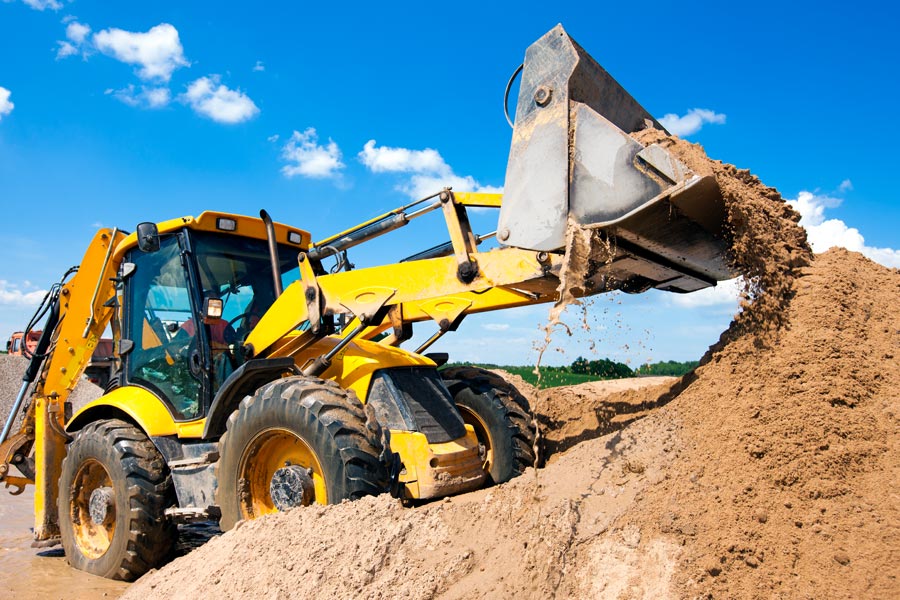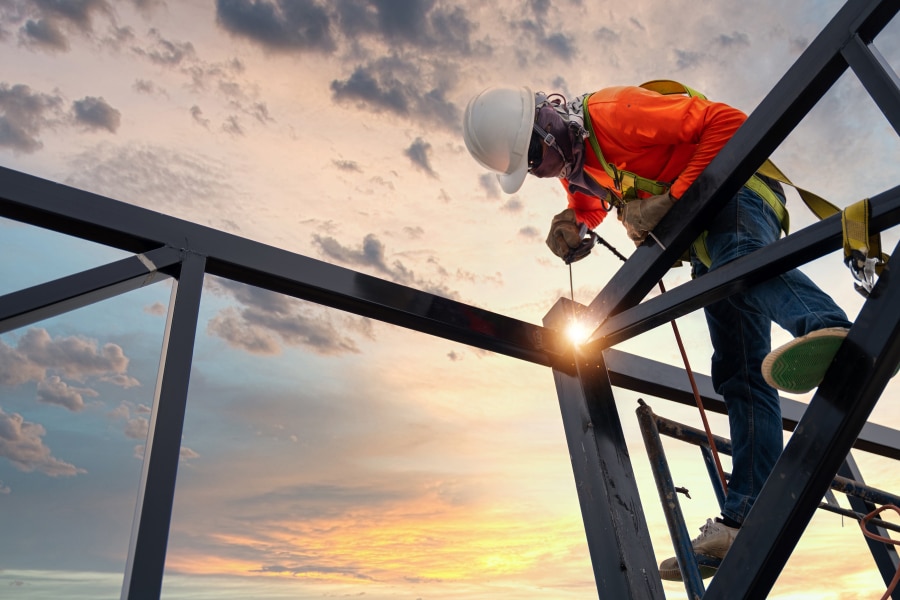Used by millions of imaginative children to build castles on beaches every summer, sand is also a fundamental component for the grown-up construction sector. Forming the basis for some of the industry’s most used materials—including concrete, which is roughly composite materials of gravel and sand —sand is also the world’s second-largest resource extracted and traded by volume after water, according to the United Nations (UN).
And with surging demand around the world for new homes, commercial premises, roads and other infrastructure schemes—and with sand used in everything from cement to concrete, structural foundations and glass production—there seems to be a sand shortage.
It’s not something you’d think the world would be running out of. Just think of the Sahara Desert, which is a whopping 9.2 million km² in size and made almost entirely from the stuff. However, the sand that makes up the Sahara and other desert regions isn’t suitable for construction purposes.
Sand production isn’t monitored, but the manufacture of concrete and cement is, and by looking at production data for these materials, industry watchers can gauge how much is being taken out of the ground, and by whom.
Why is there a shortage of sand?
China, which accounted for 32% of global construction activity in 2020, manufactures more cement and concrete, both of which use sand, than does the rest of the world combined. There is also the staggering statistic that since 2003, China has poured more concrete every three years than the U.S. did throughout the whole of the 20th century.
Meanwhile, global demand for sand and aggregates is huge; the UN reckons that in 2019 it was in the region of 40 billion and 50 billion tonnes. And while the COVID-19 pandemic will have flattened consumption somewhat over the past 12 months, the resumption of global economic activity will see this figure rise sharply, with the UN estimating growth of nearly 6% a year.
So, what does this growth mean for the sand shortage?
Sand governance
There are increasing calls for “sand governance” to protect both sand supplies and the local habitats from which it is extracted. Introducing the UN’s 2019 report, “Sand & Sustainability: Finding New Solutions for Environmental Governance of Global Sand Resources,” Joyce Msuya, acting executive director of UN Environment, said the world was spending its “sand budget” faster than it could be produced responsibly.
“By improving the governance of global sand resources, we can better manage this critical resource sustainably and truly demonstrate that infrastructure and nature can go hand in hand,” she said in the report.
With such issues in the front of policymakers’ minds, there have been calls for better management of supplies and resources—just as there have been concerning the world’s timber reserves.
The UN report says the world should be paying much more attention to the sand shortage. It calls for international organisations, local and national governments, the private sector and local communities play a part in preserving sand stocks. The document also argues for standards and best practices to be strengthened to “curb irresponsible extraction.”
And the UN has called for countries to invest in recording and measuring sand production, while undertaking better monitoring and planning around extraction. And finally, it wants to see better dialogue between interested parties to establish “transparency and accountability.”
Could we run out?
So could the world actually run out of sand? The U.K.’s Mineral Products Association says no. The MPA acknowledges the points made in the UN’s 2019 report, but stresses that rather than “running out,” such shortages that exist are the result of pent-up demand post-COVID-19, which far exceeds the “normal” run rate.
“The U.K. has an abundance of mineral resources thanks to its diverse geology,” said Mark Russell, the MPA’s executive director for planning and mineral resources. “And that means that unlike steel, timber and plastic products, most of which have to be imported, we are virtually self-sufficient in high-quality aggregates, the core commodity from which concrete, asphalt and many other products are made.”
The problem, Russell argues, lies in there being little or no consideration given to how much the sand shortage will affect future construction and redevelopment. “Combine that with the unwieldy and under-resourced systems for accessing and managing the country’s resources—systems that have been neglected for too long and are no longer fit for purpose—and then sprinkle with a dose of intervening knee-jerk politics, and the whole thing threatens to unravel,” he added.
So, while fears of a 2021 sand shortage might be overdone, there are very real concerns about the decline in the availability of consented, permitted minerals. And this is happening just when the U.K. government wants to ramp up the delivery of infrastructure, housing and green energy schemes, all of which require hundreds of millions of tonnes of mineral products.
Long-term resource planning
Apart from the occasional blip, the industry does “an outstanding job” at meeting the need for materials, Russell said. “But looking to the horizon we urgently need a long-term plan and a system overhaul to sustain a supply of minerals to meet the demand, most of which is generated by government itself,” he added.
Russell believes there’s an urgent need for material resource assessments and supply audits “to be part of any project evaluation for major infrastructure and big development projects.”
“That would provide visibility to allow the industry the time to plan for replacement reserves and to consider capacity,” he said.
In the unlikely event that supplies were to run critically low, are there alternatives to using sand in construction? Up to a point. Researchers at Cambridge University have found that in certain circumstances post-consumer waste plastic can be used to bulk out sand when it is used in construction, although a figure of 10% plastic waste to 90% sand might not sound like a great deal.
So, it looks like sand is here to stay. But the industry must be vigilant, with producers and users acting responsibly. The inevitable demand from increasing levels of construction activity will make managing and monitoring sand resources, and then overseeing their extraction in a sustainable way, critical.











